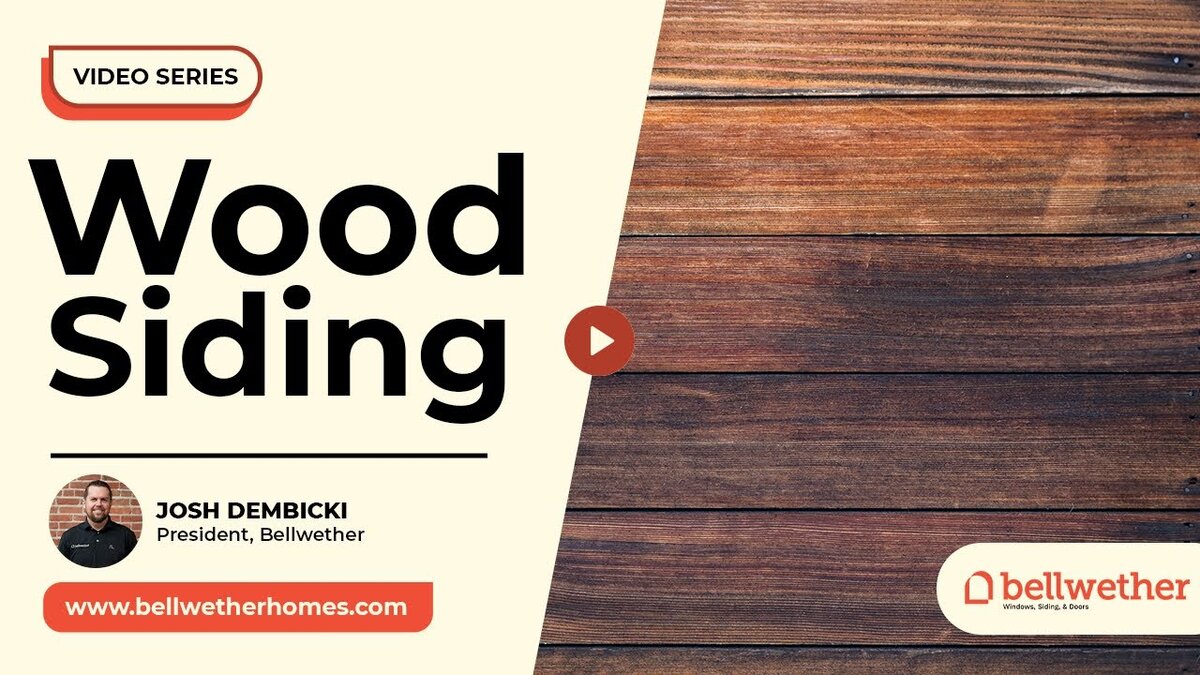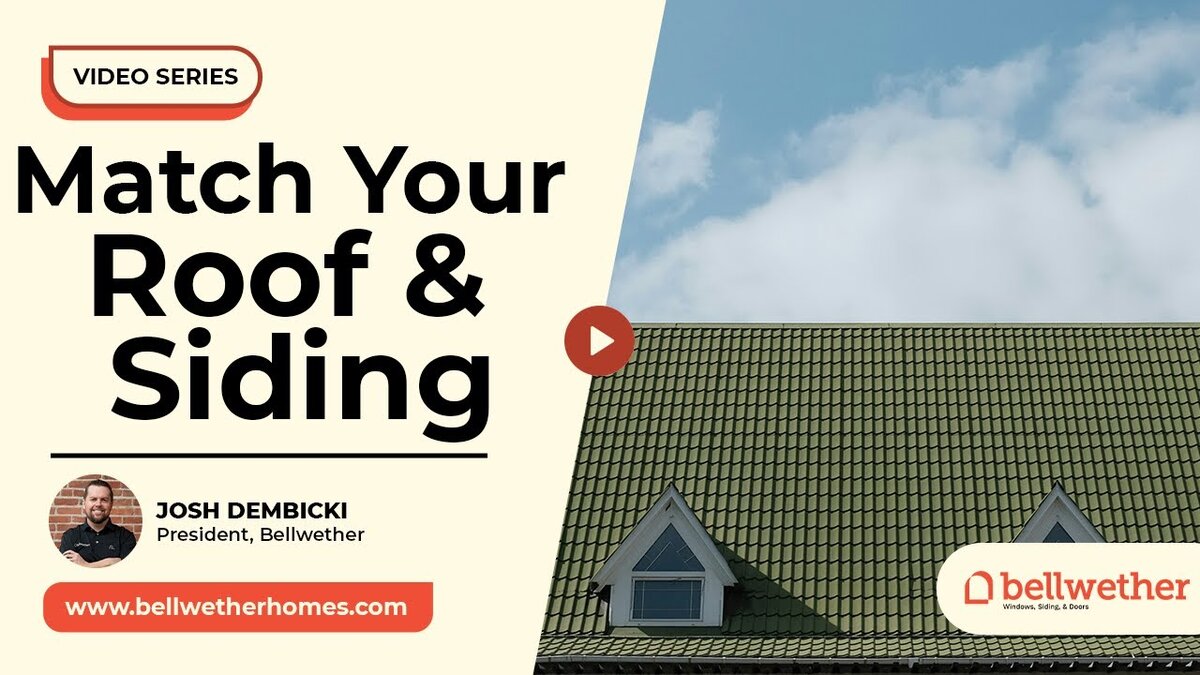Pests can quickly turn a small siding issue into a major home repair. Woodpeckers, rodents, bats, and even insects take advantage of gaps, holes, and weak materials to get inside. Once they do, the damage often spreads to your walls, insulation, and even wiring, leading to costly problems and health risks. At Bellwether, we work with homeowners every day to fix pest damage and prevent pests from damaging siding in the first place. Here is what you need to know about how pests damage siding and what steps you can take to protect your home.
Common Pests and Their Effects on Your Siding
When it comes to pests and your home’s siding, several culprits are particularly problematic. Here are the top offenders and the damage they cause:
- Woodpeckers and Flickers: These migratory birds are known for pecking holes in siding. What many homeowners don’t realize is that woodpeckers often return to the same location year after year. Even worse, their offspring tend to follow suit. If you’ve patched up holes in your siding only to have them reappear, this is why.
- Bats: Bat infestations often start when woodpeckers create holes that are left unattended. Bats can enter your home through these openings, leading to significant problems. We’ve seen cases where removing old siding caused thousands of bats to emerge from a home.
- Rodents: Rodents, such as mice and squirrels, can chew through worn or damaged siding, creating entry points into your home. Once inside, they’re quick to nest and cause even more damage.
- Wasps and Yellow Jackets: These pests may not damage your siding directly, but they’re notorious for finding tiny gaps or cracks in your siding to build nests. Their presence can be both dangerous and annoying.
- Other Pests in Log Cabins: If you own a log cabin, deteriorating chinking (the material between logs) can invite rodents and other pests inside. Re-chinking can be expensive, but ignoring the issue often leads to larger problems.
Why Some Siding Fails to Protect Your Home
Not all siding is created equal. Many older or lower-quality siding materials lack the durability needed to keep pests out. Wood siding, for instance, is particularly vulnerable because it’s easy for pests to penetrate. Even vinyl siding can have gaps that allow small creatures to squeeze through.
The issue becomes worse if your siding is already damaged or worn. Once a hole or crack forms, it’s an open invitation for pests to move in. This is why many homeowners in Colorado and beyond choose to upgrade to more pest-resistant materials.
How James Hardie Siding Protects Your Home
At Bellwether, we often recommend James Hardie fiber cement siding to our customers. This material is a game-changer for several reasons:
- Durability: Made from 98% Portland cement, James Hardie siding is incredibly tough. It’s resistant to the gnawing of rodents and the pecking of woodpeckers.
- Pest Resistance: The dense construction of fiber cement creates a barrier that pests simply can’t penetrate.
- Longevity: Unlike wood siding, James Hardie siding doesn’t deteriorate quickly, meaning it’s less likely to develop the cracks and holes that attract pests.
- Low Maintenance: This siding requires minimal upkeep, saving you time and money while keeping your home protected.
By replacing your existing siding with James Hardie, you’re not just solving today’s pest problems—you’re preventing future issues as well.
Steps to Prevent Pests from Damaging Your Siding
If you want to keep pests from damaging your home’s siding, here’s what we recommend:
- Inspect Regularly: Check your siding for cracks, holes, or gaps at least twice a year. Pay extra attention to areas around windows, doors, and corners.
- Patch Small Holes Immediately: If you notice any damage, patch it as soon as possible to prevent pests from moving in.
- Upgrade Your Siding: Consider replacing old or damaged siding with a more durable option, like James Hardie fiber cement siding.
- Seal Gaps and Cracks: Use caulk or other sealants to close any gaps around your siding’s edges.
- Work with Professionals: Contact a trusted siding company like Bellwether to assess your home and recommend the best solutions for your pest problems.
Why Choose Bellwether for Your Siding Needs
At Bellwether, we understand the challenges that pests can pose to homeowners. Our team is experienced in replacing and upgrading siding to ensure your home is protected. We’ve helped countless homeowners tackle pest issues by installing James Hardie siding, and we’re ready to help you too.
In Summary
Pests can cause significant damage to your home’s siding if left unchecked. From woodpeckers and rodents to bats and wasps, the risks are real. The good news is that durable, pest-resistant siding like James Hardie can provide a long-lasting solution. If you’re ready to safeguard your home, contact us today to learn how Bellwether can help.





